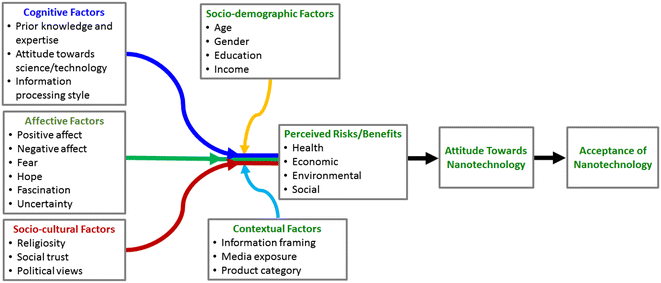Introduction
The human brain is often described as the most complex organ in the known universe. Comprising billions of neurons and trillions of synapses, it’s a biological masterpiece that has baffled scientists for centuries. While we’ve made significant strides in unraveling its mysteries, the brain still holds many secrets. Enter nanotechnology, a cutting-edge field that is revolutionizing our approach to neuroscience.
Nanotechnology: A Brief Overview
Before we dive into the applications of nanotechnology in neuroscience, let’s first understand what nanotechnology is. Nanotechnology deals with structures and devices at the nanometer scale, which is roughly 1 to 100 nanometers. To put this in perspective, a human hair is about 80,000 to 100,000 nanometers thick. At such tiny scales, materials and systems exhibit unique properties and behaviors that differ from their macro-scale counterparts.
The Marriage of Nanotechnology and Neuroscience
The marriage of nanotechnology and neuroscience has given rise to a burgeoning field known as “nanoneuroscience.” This interdisciplinary realm combines principles from physics, chemistry, engineering, and biology to develop nanoscale tools and techniques for studying the brain. Here are some of the ways nanotechnology is transforming neuroscience:
1. Drug Delivery to the Brain
One of the most promising applications of nanotechnology in neuroscience is in drug delivery. The blood-brain barrier, a protective shield of tightly packed cells that separates the bloodstream from the brain, often hinders the delivery of therapeutic drugs to treat neurological diseases. Nanoparticles can be engineered to cross this barrier, allowing for precise and targeted drug delivery to specific regions of the brain. This not only enhances the efficacy of treatments but also reduces side effects.
2. Imaging the Brain at Nano Resolution
Traditional imaging techniques like MRI and CT scans provide valuable insights into the brain’s structure and function. However, they have limitations in terms of resolution. Nanotechnology-enabled imaging techniques, such as scanning probe microscopy and quantum dots, offer unprecedented resolution at the nanoscale. Researchers can now visualize individual neurons and synapses, enabling a deeper understanding of neural connectivity.
3. Neural Interfaces
Nanotechnology has opened up new possibilities in the development of neural interfaces. These are devices that can interface with the brain’s neurons and synapses, enabling bidirectional communication between the brain and external systems. Neural interfaces have the potential to restore lost sensory functions, enhance cognitive abilities, and even control prosthetic limbs with remarkable precision.
4. Monitoring Brain Activity
Understanding brain activity is central to neuroscience. Nanosensors and nanoelectrodes can be implanted in the brain to monitor neural activity in real-time. This technology has applications in studying brain disorders, such as epilepsy and Parkinson’s disease, and in the development of brain-computer interfaces for paralyzed individuals.
Challenges and Ethical Considerations
While the prospects of nanoneuroscience are thrilling, they come with their share of challenges and ethical considerations. The potential long-term effects of introducing nanoparticles into the brain, privacy concerns related to neural interfaces, and the ethical implications of manipulating brain function are all areas that demand careful scrutiny and regulation.
The Future of Nanoneuroscience
As nanotechnology continues to advance, the future of nanoneuroscience looks promising. Researchers are exploring innovative ways to leverage nanomaterials and nanodevices to unlock the brain’s secrets. From developing personalized treatments for neurological disorders to enhancing our understanding of consciousness itself, the possibilities are limitless.
Conclusion
The convergence of nanotechnology and neuroscience is reshaping our approach to understanding and manipulating the brain. With the power to deliver drugs with pinpoint accuracy, image neural structures at unprecedented resolutions, and create sophisticated neural interfaces, nanotechnology is propelling neuroscience into new frontiers. While challenges and ethical concerns persist, the potential benefits for human health and our understanding of the brain make this a field worth watching closely. The future of neuroscience is undoubtedly being shaped at the nano level, and the possibilities are both exciting and profound.


